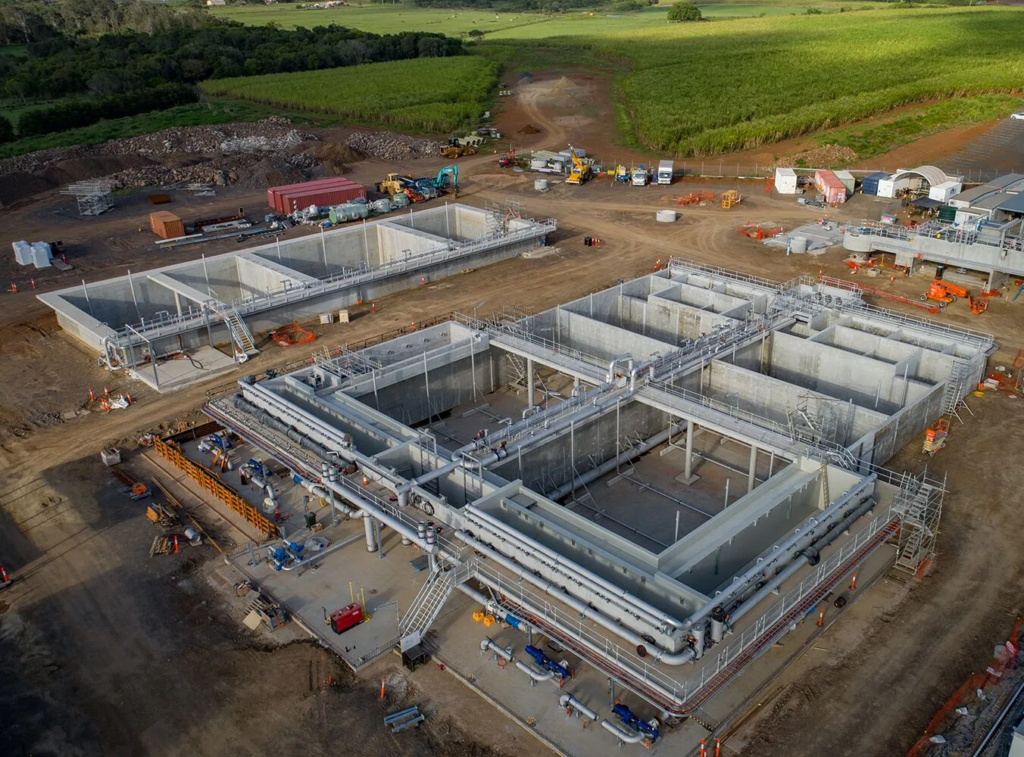As temperatures soar during peak summer months, energy demand surges, straining the power grid and increasing the risk of interruptions. For businesses, this can mean unexpected downtime, disrupted operations, and increased energy costs. But with a proactive approach, you can shield your business from these challenges. Here’s how to ensure your operations remain smooth and cost-efficient during peak power demand.
Understanding Peak Power Demand
Peak power demand refers to periods when electricity consumption is at its highest. This often coincides with heatwaves as air conditioning and cooling systems work overtime, pushing the energy grid to its limits. Businesses operating energy-intensive equipment can find themselves particularly vulnerable during these times.
In Australia, the summer months often bring increased demand, with industries, households, and public infrastructure relying heavily on cooling solutions. Knowing when peak demand typically occurs allows businesses to prepare effectively and reduce their exposure to sudden power fluctuations.
The Risks of Peak Power Demand for Businesses
Failing to prepare for peak power demand can leave businesses exposed to several risks, including:
- Unplanned Downtime: Power outages can halt operations, leading to missed deadlines, lost revenue, and dissatisfied customers.
- Increased Energy Costs: Energy providers often implement peak demand charges, significantly raising electricity bills.
- Equipment Strain: Fluctuations in power supply can damage sensitive equipment, leading to costly repairs or replacements.
- Disrupted Supply Chains: Delays caused by outages can ripple through supply chains, impacting multiple areas of your business.
Strategies to Protect Your Business

Implementing preventative measures can save your business from the costly impacts of peak power demand. Below are key strategies to safeguard your operations.
1. Invest in Backup Power Solutions
Backup power systems, such as generators or uninterruptible power supplies (UPS), ensure your business can continue to operate during outages. These systems provide temporary electricity, allowing critical equipment and processes to remain functional.
Modern backup power solutions are scalable and efficient, ensuring they can meet the unique demands of your business. Regular maintenance of these systems is essential to ensure they perform when needed.
2. Monitor and Manage Energy Usage
Implementing an energy management system can help you track your electricity consumption in real-time. By identifying areas of high usage, you can optimise operations and reduce strain during peak demand periods.
Simple measures, such as staggering the use of heavy equipment or shifting non-essential tasks to off-peak hours, can make a significant difference. Automation systems can also be programmed to adjust energy usage based on demand, reducing manual intervention.
3. Partner with an Energy Provider Offering Demand Response Programs
Many Australian energy providers now offer demand response programs that reward businesses for reducing energy usage during peak times. These programs involve pre-agreed adjustments to your energy consumption, such as temporarily scaling back operations or switching to alternative energy sources.
By participating, you not only protect your business but also contribute to overall grid stability, benefiting the wider community.
Leverage Renewable Energy
Renewable energy sources like solar and wind power offer an excellent way to reduce reliance on the grid during peak periods. Solar panels, for example, can generate electricity during the sunniest parts of the day, which often coincide with peak demand hours.
Battery storage systems allow businesses to store excess renewable energy for use when it’s most needed. While the initial investment in renewable energy can be significant, the long-term savings and operational resilience make it worthwhile.
Conduct a Power Risk Assessment
Understanding your business’s specific vulnerabilities is essential for creating an effective peak power demand strategy. Conducting a power risk assessment can identify critical systems that require protection, potential weak points in your energy infrastructure, and opportunities for improvement.
This assessment should include an evaluation of your backup power systems, energy usage patterns, and the potential financial impact of outages.
Train Your Team
A well-informed team can make a big difference during power interruptions. Educate employees on the importance of energy conservation, especially during peak demand periods. Ensure they are familiar with backup power protocols and know how to respond in case of an outage.
Creating a culture of energy awareness can also lead to long-term behavioural changes that benefit your business.
Maintain Equipment for Energy Efficiency

Outdated or poorly maintained equipment often consumes more energy than necessary, contributing to higher electricity bills and greater strain on the grid. Conduct regular maintenance on machinery, HVAC systems, and other energy-intensive equipment to ensure they operate efficiently.
Consider upgrading to energy-efficient models where possible. Many modern systems come with advanced features that adapt to varying energy demands, reducing overall consumption.
Benefits of Being Proactive
Taking a proactive approach to managing peak power demand offers several benefits for your business, including:
- Reduced Operational Risks: Minimise disruptions and keep your business running smoothly, even during grid challenges.
- Cost Savings: Avoid peak demand charges and lower your overall energy expenses.
- Improved Sustainability: Renewable energy and efficient practices demonstrate a commitment to environmental responsibility.
- Enhanced Reputation: Customers and partners will appreciate your reliability and commitment to operational excellence.
Stay Ahead of Peak Demand Challenges
While peak power demand presents significant challenges, they are not insurmountable. By investing in backup power solutions, managing your energy use, and leveraging renewable resources, your business can thrive even during the most demanding conditions.













